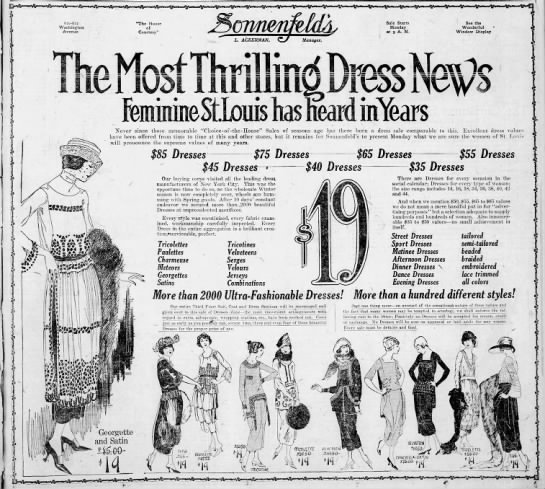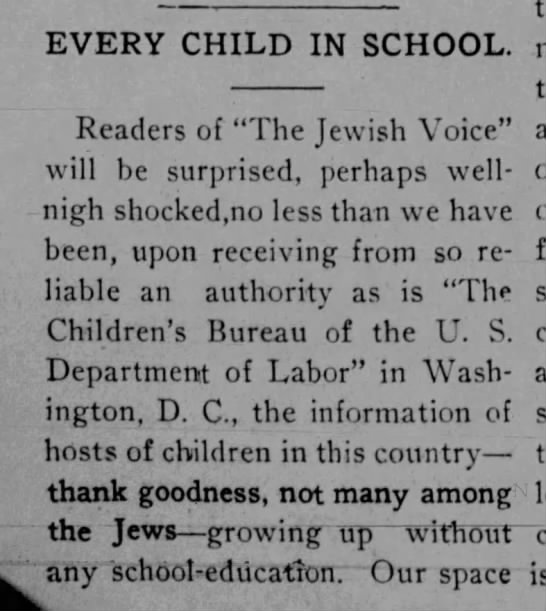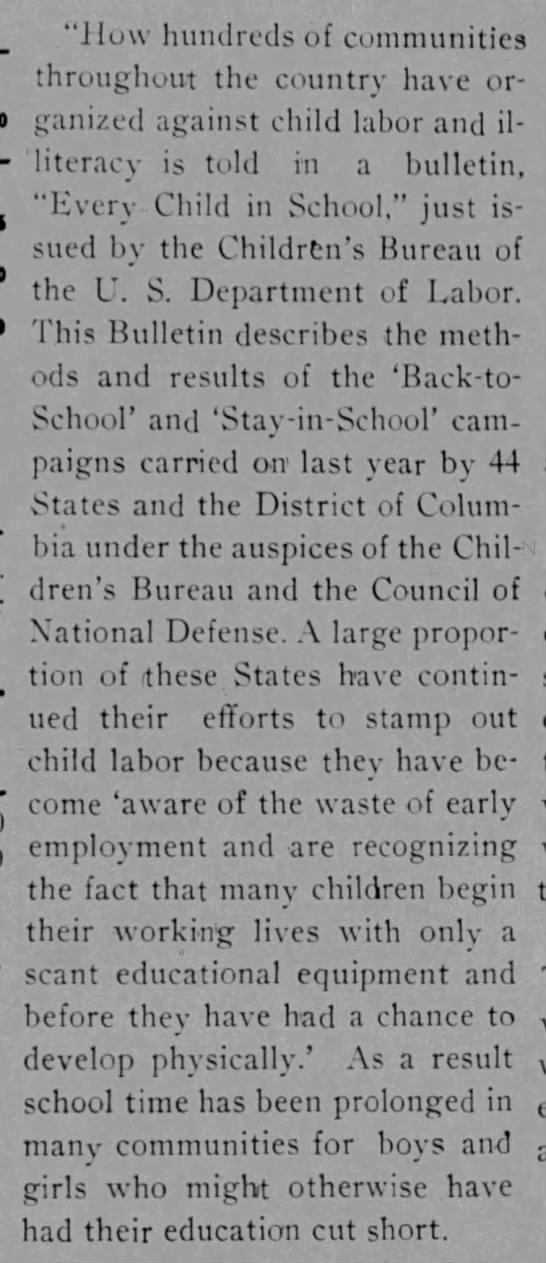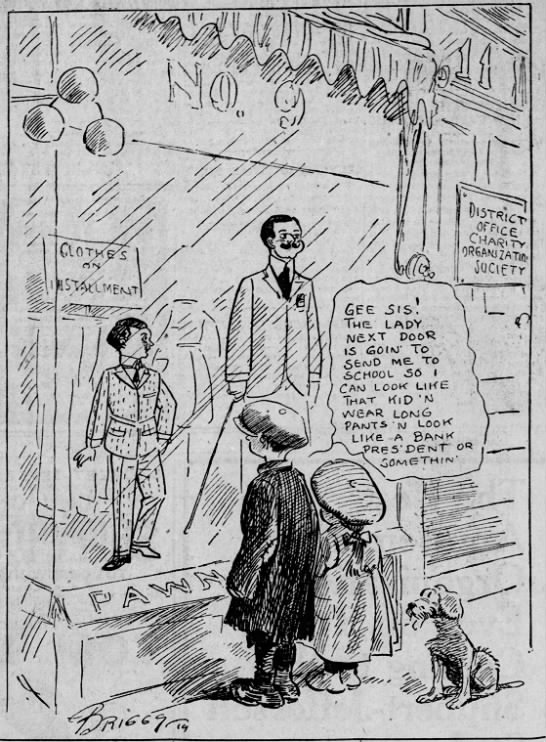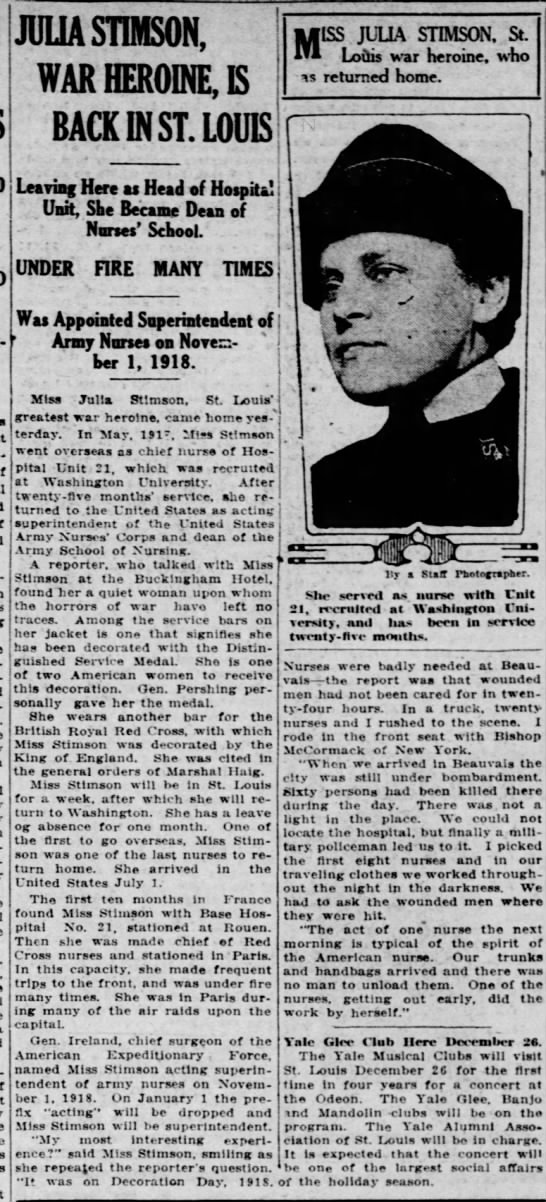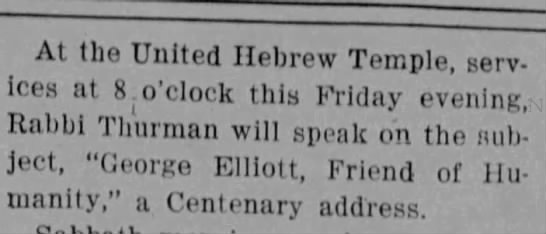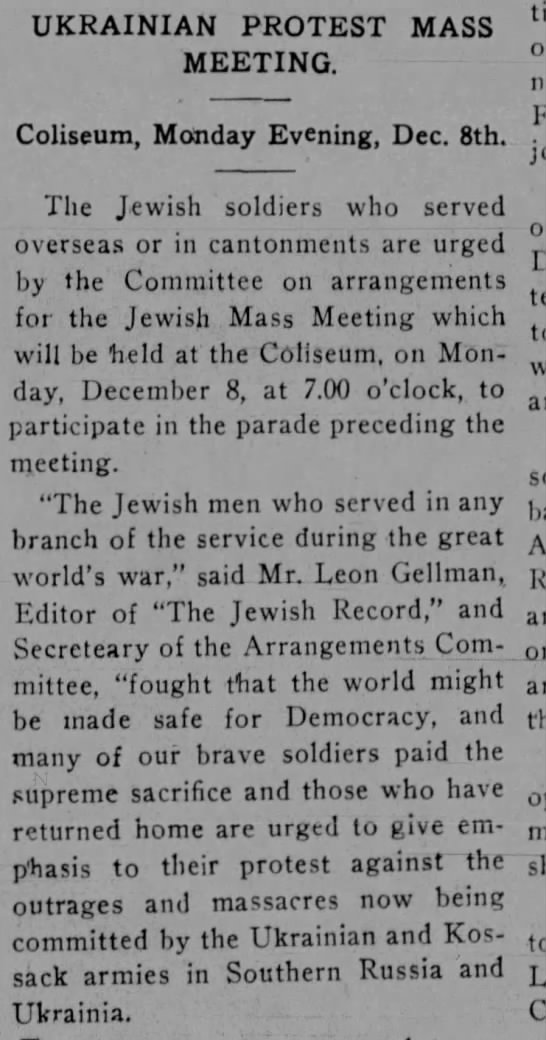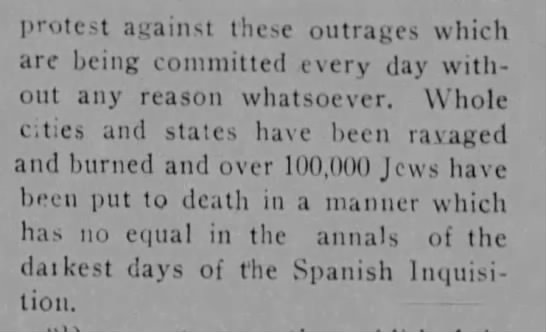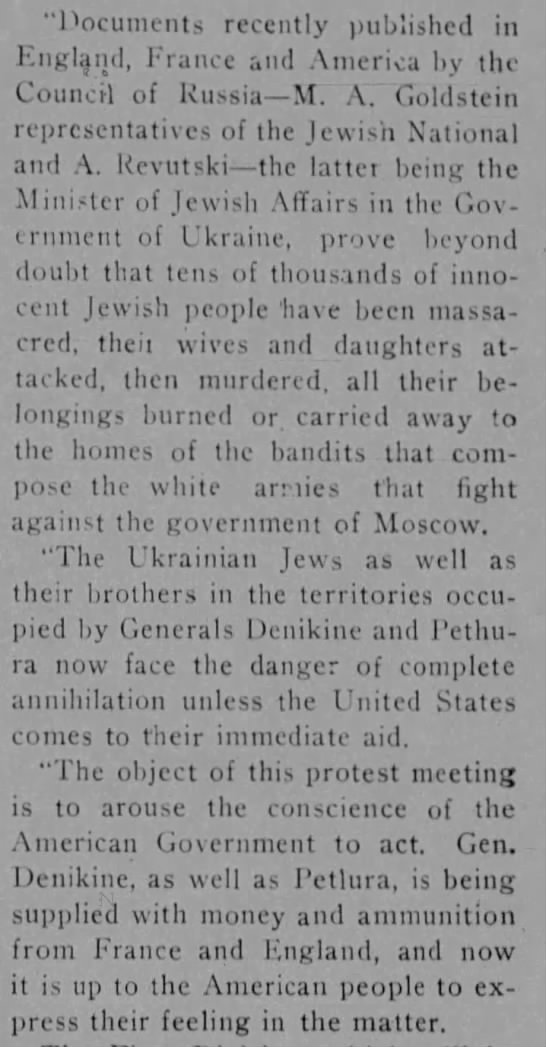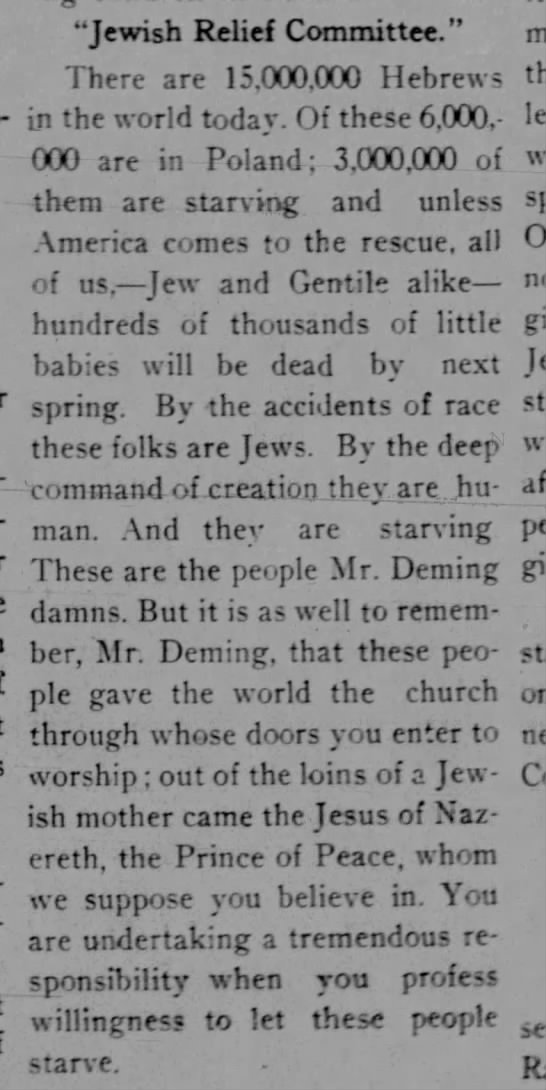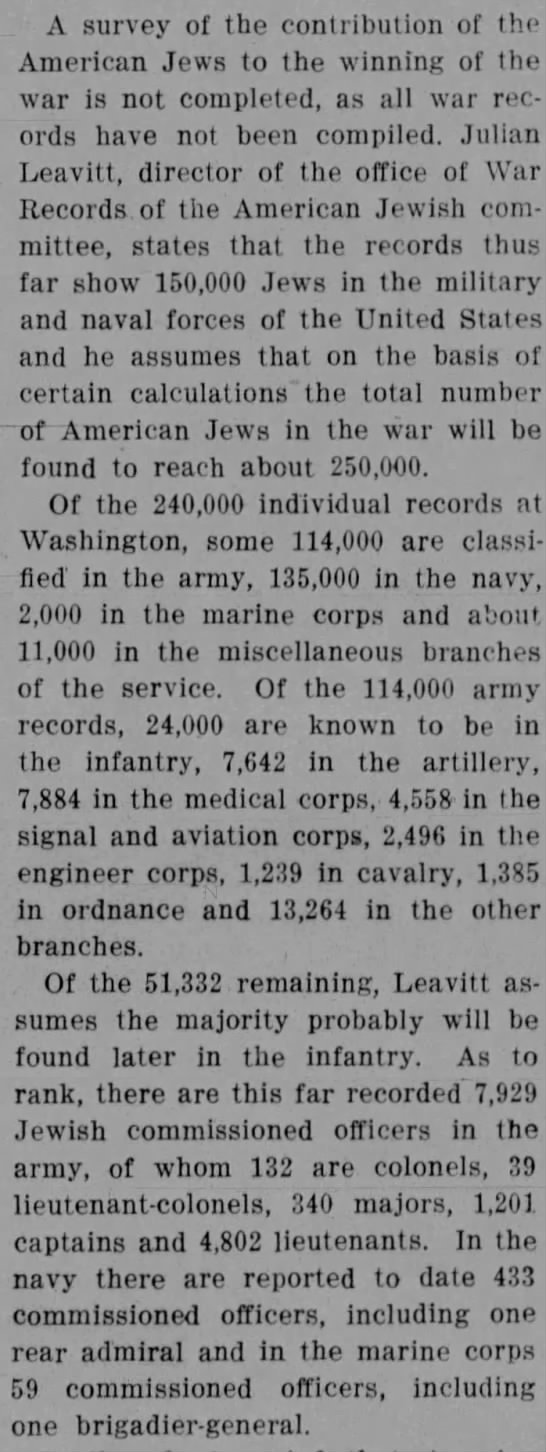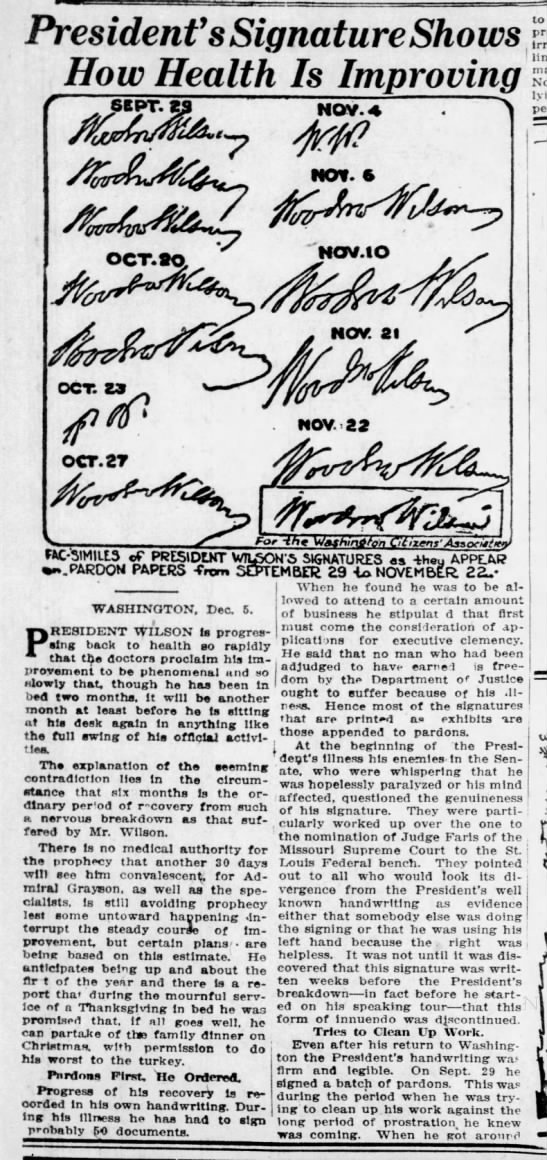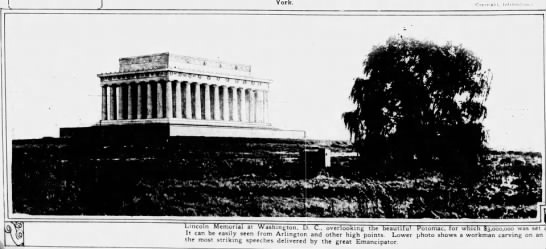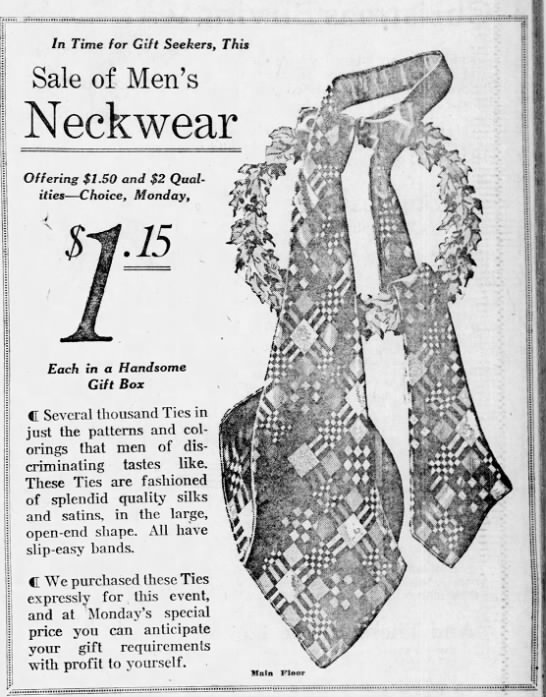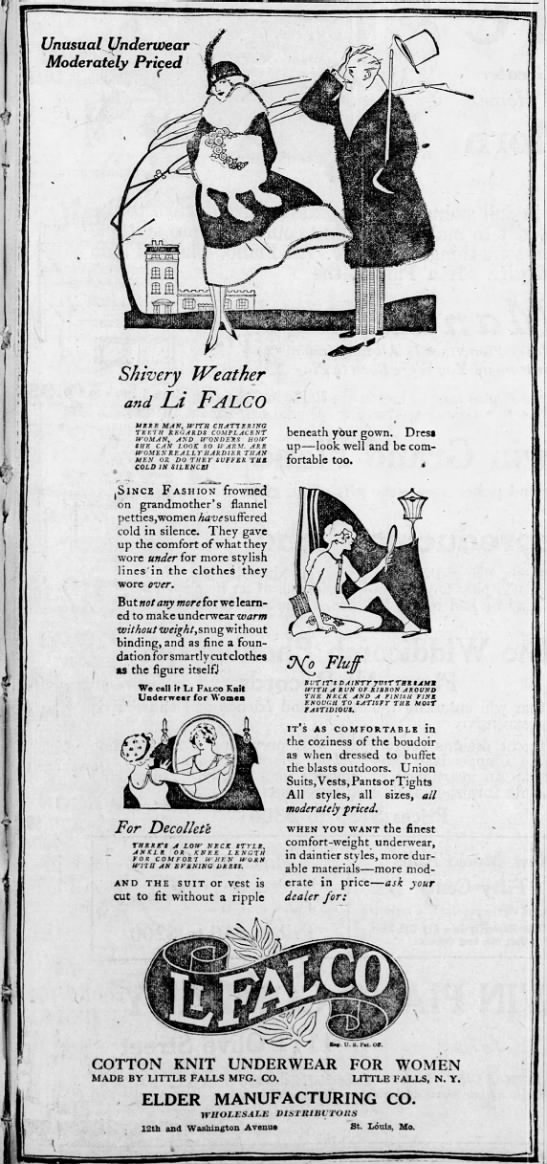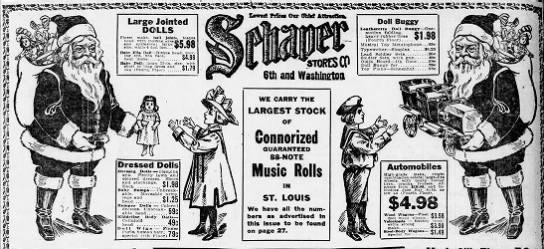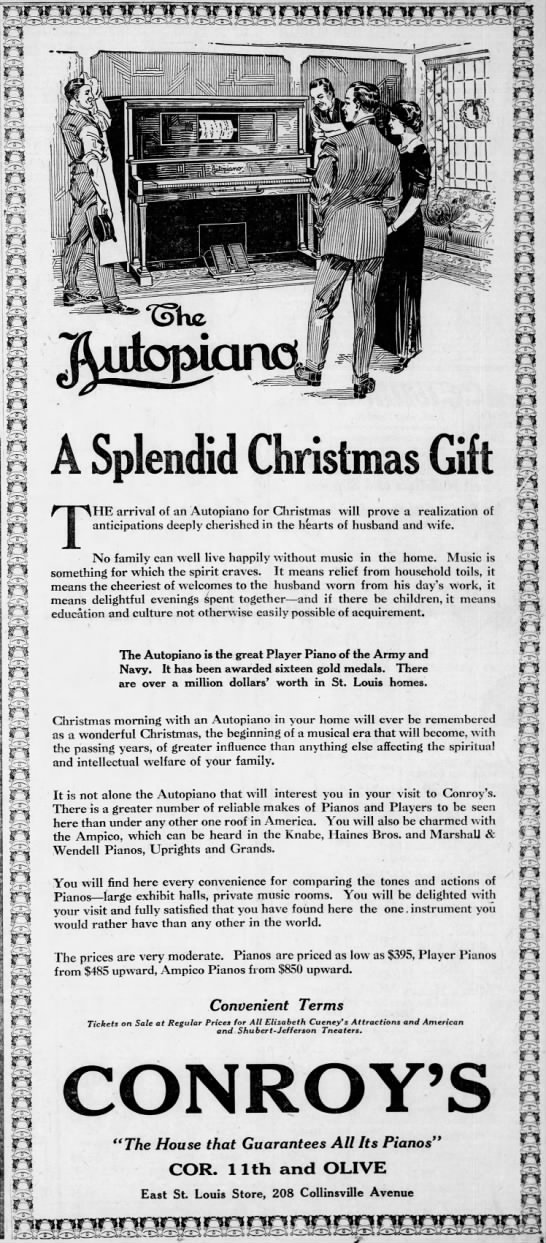The story of a poetess and one of history's greatest artists,
Love That Moves the Sun by Linda Cardillo drew me into an age I knew little about--16th c Italy.
Vittoria Colonna left her family as a girl to live with the family of her betrothed, a politically advantageous arrangement. Vittoria flourished under her future mother-in-law's education, finding in Costanza's large library books that "lit a fire, a conflagration that burns in me to this day." And she and Ferranti's childhood friendship blossoms into passionate love.
Ferranti was raised to be a warrior and spent most of their married life fighting in the continual wars as alliances shifted between kingdoms, the Pope, and the Holy Roman Emperor. Vittoria enjoyed the freedom this allowed her while agonizing over the growing distance between her and her beloved husband.
After Ferrante's death, Vittoria retreated from the world, nursing her grief and growing her faith rooted in the Catholic Reformation. When her poetry was shared with the world, she became doubly famous as the finest poet since Petrarch and as the virtuous widow who gave up worldly pleasures and stellar marriage opportunities.
When she meets Michelangelo they become soul mates, their relationship deepening as they commune over how art fuels faith. As the artist works on The Last Judgement mural in the Sistine Chapel, Vittoria writes a volume of poetry for him.
I have no army. I have no ambassadors. I have no weapons other than my pen and my brain.~ from Love That Moves the Sun by Linda Cardillo
Vittoria wrote deeply felt poems, confessional and passionate, never meant for public distribution. Influenced by the Reformation, Vittoria's theology challenged the status quo of the Catholic church.
Although rooted in history, Vittoria's story touches on eternal themes: The position, power, and struggle for self-determination of women of intelligence and ability; Vittoria's progressive atittude toward personal faith that challenged authority; and the timeless anguish of women whose beloved husbands and sons go to war.
His home was elsewhere now, in the company of his fellow soldiers, and defined by his sword, his armor and his horse.~ from Love That Moves the Sun by Linda Cardillo
I learned much about Italy's history and the cycle of shifting power that fueled endless war as well as the history of Catholicism during a time when John Calvin and others were fomenting the Protestant Reformation.
I was given access to a free egalley by the publisher through NetGalley. My review is fair and unbiased.
Love That Moves the Sun
The passionate bond between Renaissance poet Vittoria Colonna and famed artist Michelangelo
by Linda Cardillo
BooksGoSocial
Pub Date 12 Dec 2018
ISBN
9781942209553
PRICE
$5.99 (USD)
Sample of Vittoria's poetry found at
https://www.hwlongfellow.org/poems_poem.php?pid=209
VITTORIA COLONNA, on the death of her husband, the Marchese di Pescara, retired to her castle at Ischia (Inarimé), and there wrote the Ode upon his death, which gained her the title of Divine.
Once more, once more, Inarimé,
I see thy purple hills!--once more
I hear the billows of the bay
Wash the white pebbles on thy shore.
High o'er the sea-surge and the sands,
Like a great galleon wrecked and cast
Ashore by storms, thy castle stands,
A mouldering landmark of the Past.
Upon its terrace-walk I see
A phantom gliding to and fro;
It is Colonna,--it is she
Who lived and loved so long ago.
Pescara's beautiful young wife,
The type of perfect womanhood,
Whose life was love, the life of life,
That time and change and death withstood.
For death, that breaks the marriage band
In others, only closer pressed
The wedding-ring upon her hand
And closer locked and barred her breast.
She knew the life-long martyrdom,
The weariness, the endless pain
Of waiting for some one to come
Who nevermore would come again.
The shadows of the chestnut trees,
The odor of the orange blooms,
The song of birds, and, more than these,
The silence of deserted rooms;
The respiration of the sea,
The soft caresses of the air,
All things in nature seemed to be
But ministers of her despair;
Till the o'erburdened heart, so long
Imprisoned in itself, found vent
And voice in one impassioned song
Of inconsolable lament.
Then as the sun, though hidden from sight,
Transmutes to gold the leaden mist,
Her life was interfused with light,
From realms that, though unseen, exist,
Inarimé! Inarimé!
Thy castle on the crags above
In dust shall crumble and decay,
But not the memory of her love.
 |
| Sketch of Vittoria Colonna by Michelangelo |
See the trailer at
https://youtu.be/O1JrGveVYOc
Read an
interview with the author at Book Club Babble
“. . . a sweeping historical epic and a sensitively observed exploration of the passionate friendship between Colonna and Michelangelo . . . . While Colonna and Michelangelo’s friendship forms the emotional center of the novel, the poet’s story and her journey as a woman and a writer are dynamic and multilayered. . . . A stirring and emotionally resonant portrait of a pivotal relationship in the life of Michelangelo.” – Kirkus Reviews (starred review)



